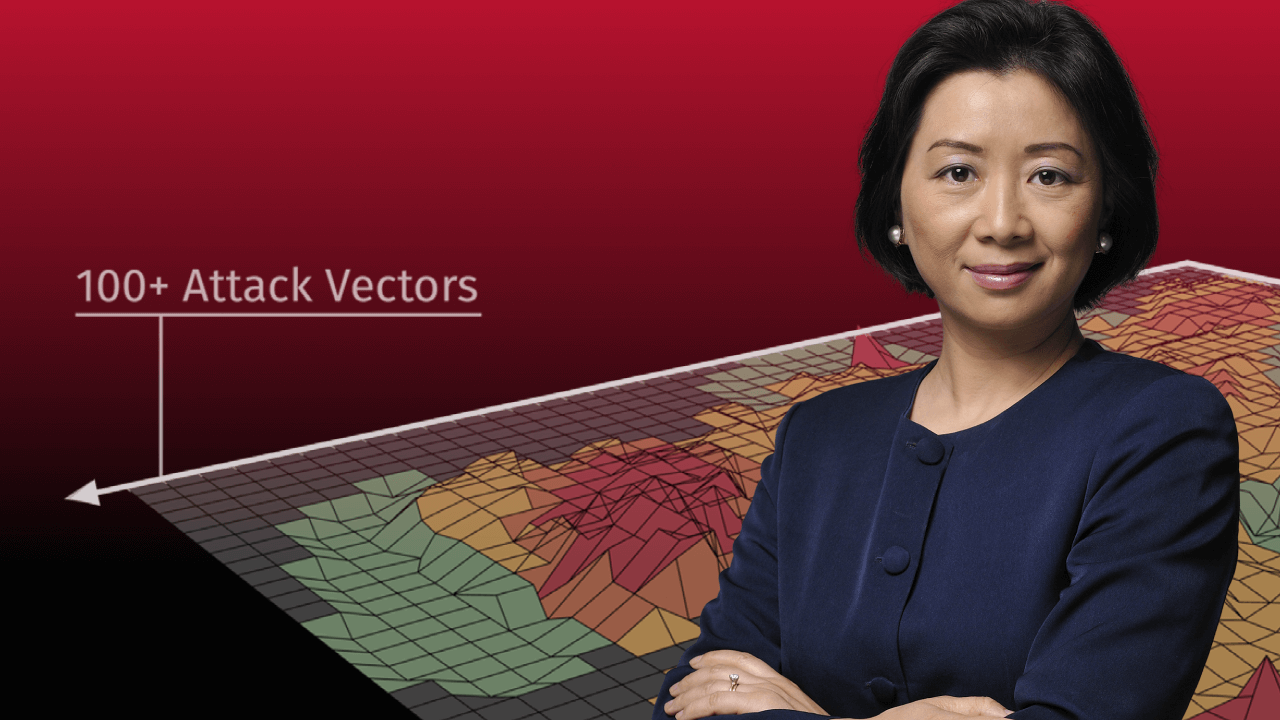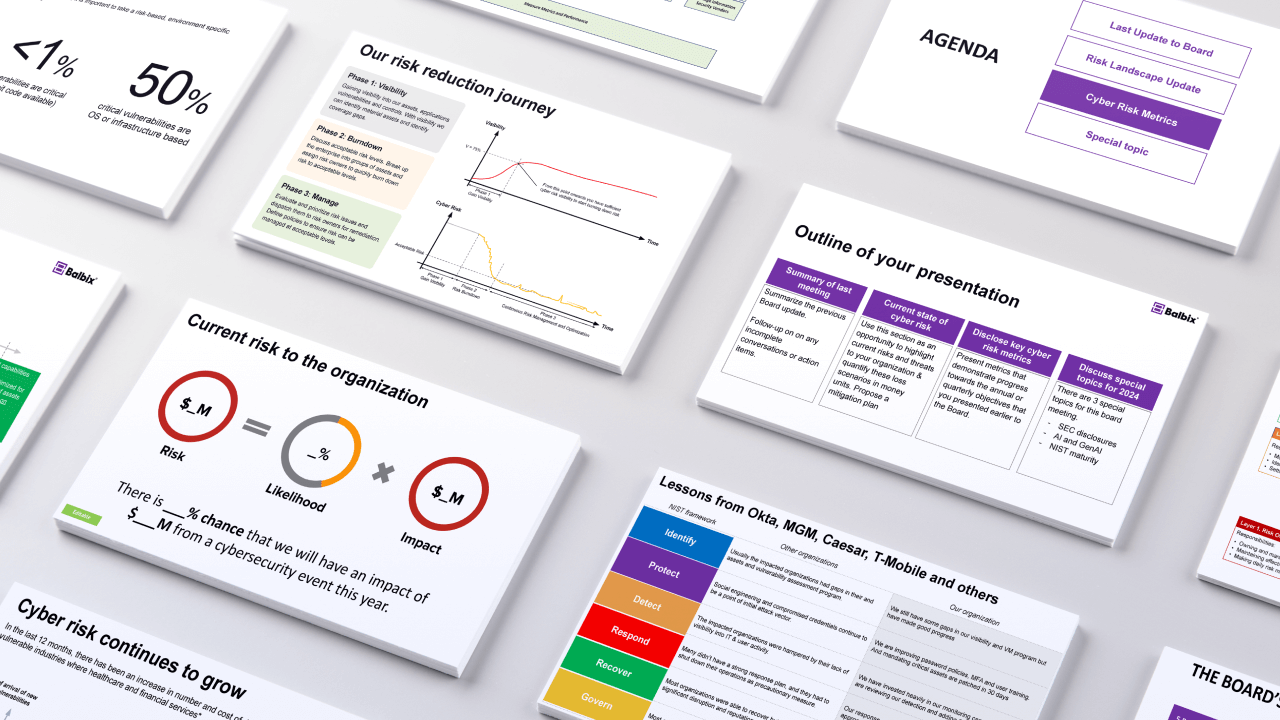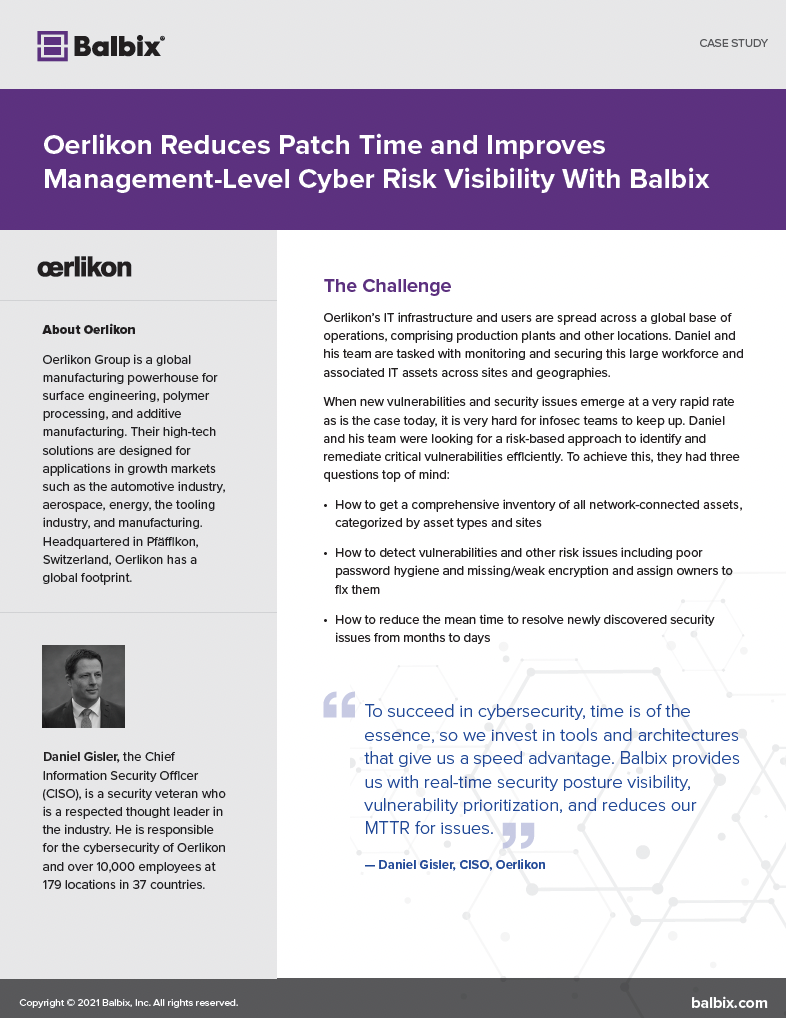AI Security Posture Management (AI-SPM) keeps AI and machine learning systems safe and trustworthy. It involves watching over AI models, data, and infrastructure to spot and handle security risks. Think of AI-SPM as a protection method for AI setups, keeping an eye out for odd patterns, possible threats, and gaps in policy compliance. By automating these checks, AI-SPM reduces human error and speeds up threat response, keeping AI systems safe without constant manual checks.
A large part of AI-SPM is managing data governance. It ensures that the data in AI systems follows privacy laws and industry standards, which helps maintain accurate model predictions. AI-SPM also gives a clear view of the whole AI environment, including algorithms, data setups, and infrastructure. This allows organizations to manage AI resources well, even in complex or multi-cloud settings.
Why is AI-SPM Important?
As AI becomes more common in different industries, we also see more security risks popping up. AI Security Posture Management (AI-SPM) helps keep these risks in check, ensuring AI and ML systems stay safe and follow the rules. AI-SPM provides continuous visibility into AI assets and monitors for misconfigurations, data exposures, or access vulnerabilities. By identifying these early, businesses can quickly tackle threats, reducing the chances of data breaches and maintaining trust with clients and partners.
One major advantage of AI-SPM is its ability to automate threat detection. It constantly scans the environment, quickly finding vulnerabilities and automating responses. This approach to security is needed because attacks on AI models can have serious consequences, from model extraction to data poisoning.
Types of Attacks on AI Models
Poison Data
Data poisoning is a targeted attack used to tamper with AI models by manipulating the data they learn from. Imagine this: someone slips a false piece of info into the data pool, and the AI ingests it, unaware of the contamination. This deceptive data can cause the AI to make bad decisions or predictions, throwing off its purpose entirely.
Whether it’s making a self-driving car misinterpret a stop sign or skewing a financial analysis, the effects can be severe. Regularly checking and cleaning your data sources is important to keep your AI accurate and trustworthy. Make sure only authentic and reliable information is used, which prevents hallucinations. This ongoing effort helps maintain the model’s dependability over time.
Model Extraction
AI model extraction occurs when AI models are extracted from their original location without authorization or permission. This act attempts to duplicate a model’s capabilities without building it from scratch, leading to intellectual property theft and loss of competitive edge.
Organizations put a lot of effort into creating AI models, and when someone uses extraction techniques, it can jeopardize that work and data privacy. With these risks increasing, strong security measures are key to protecting intellectual property and the integrity of the AI model. Understanding and addressing these risks is important for innovating while protecting valuable AI assets.
Adversarial Attacks
Adversarial attacks play on the fact that tiny changes can throw off AI models. Imagine a security camera trained to spot people: a few minor tweaks to an image can trick it into seeing something that isn’t there or missing an actual threat. This is a big concern for self-driving cars, where even small changes to road signs can lead to poor decisions.
To guard against this, AI-SPM frameworks use techniques like adversarial training and teaching models to spot these tricky patterns. Regular testing with potential adversarial examples helps keep the model strong.
Backdoor Attacks
Backdoor attacks are another threat in which attackers set up a model to work fine most of the time but fail under certain conditions. Picture a fraud detection model that usually catches anomalies—except when it sees a specific pattern, allowing fraud through. These attacks are hard to catch because they stay hidden until triggered, making them worrisome in crucial areas like healthcare or finance.
AI-SPM helps by implementing strict training and validation checks to find suspicious patterns or hidden triggers. Secure training processes and audits help find potential backdoors before models go live.
How Does AI-SPM Differ From CSPM?
Cloud Security Posture Management (CSPM) involves securing your cloud by identifying and fixing risks to ensure compliance with standards. CSPM monitors cloud resources, settings, and policies to prevent unauthorized access and data leaks, acting as a guardian for your cloud assets.
AI-SPM and CSPM both enhance security but address different areas. AI-SPM targets AI and machine learning systems, using AI tech to secure them, while CSPM focuses on cloud infrastructure. Understanding these differences helps you choose the right solutions.
AI-SPM is unique in securing AI systems and providing timely security insights. Unlike CSPM, it deals with specific AI challenges like algorithm vulnerabilities and data integrity, making it essential for organizations using AI systems.
How Does AI-SPM Differ From DSPM?
Data Security Posture Management, or DSPM, identifies vulnerabilities and ensures data security across systems. DSPM provides insights into data access, usage, and storage, helping organizations protect sensitive information. With DSPM, businesses can identify risks and implement measures to secure their data assets effectively.
AI-SPM and DSPM focus on different aspects of security. AI-SPM is concerned with the security of AI systems, while DSPM focuses on data protection. AI-SPM monitors AI models and infrastructure, whereas DSPM ensures data integrity and compliance. These differences highlight the importance of implementing both solutions to create a comprehensive security approach.
How Does AI-SPM Differ From ASPM?
Application Security Posture Management, or ASPM, focuses on securing applications. It identifies vulnerabilities within software applications and ensures they are addressed promptly. ASPM monitors application behavior and generates insights to improve security measures. This helps organizations safeguard their software from threats and maintain a secure application environment.
AI-SPM and ASPM serve different security needs. AI-SPM is geared towards AI systems, while ASPM targets application security. AI-SPM uses AI technology to manage and monitor AI infrastructure, while ASPM focuses on protecting software applications. By understanding these differences, businesses can implement the right solutions to enhance their overall security posture.
Here’s a comparison chart to help you understand the similarities and differences between all four systems, AI-SPM, CSPM, DSPM, and ASPM:
| Aspect | AI Security Posture Management (AI-SPM) | Cloud Security Posture Management (CSPM) | Data Security Posture Management (DSPM) | Application Security Posture Management (ASPM) |
| Focus Area | AI & Machine Learning Systems | Cloud Infrastructure | Data Security Across Systems | Software Applications |
| Primary Goal | Secure AI models, infrastructure, and data | Identify and mitigate cloud security risks | Ensure data security, privacy, and compliance | Detect and address software vulnerabilities |
| Core Function | Monitoring for model, data, and infrastructure threats | Monitoring and configuring cloud resources and settings | Tracking data access, usage, and storage | Monitoring application behavior and generating security insights |
| Key Challenges Addressed | Algorithm vulnerabilities, data integrity | Unauthorized access, misconfigurations, data leaks | Data privacy, regulatory compliance, access risks | Application misconfigurations, code vulnerabilities |
| Unique Value | Specialized in AI security, detecting complex AI-specific threats | Provides compliance and security for cloud-based environments | Protects sensitive information through data security management | Protects application layer from threats and ensures secure behavior |
AI-SPM Within MLSecOps
Machine Learning Security Operations, or MLSecOps, is all about keeping machine learning models safe. It covers every ML journey step, ensuring security is always a priority. MLSecOps blends security with ML tasks, building a strong system to protect ML assets. This keeps ML systems safe and reliable.
AI-SPM is a key part of MLSecOps, offering real-time security information for ML systems. It helps monitor ML models and quickly respond to possible threats. By adding AI-SPM to MLSecOps, companies can boost their ML security and keep their operations secure.
AI-SPM simplifies security by automating threat detection and response. It also provides ongoing monitoring, helping companies stay ahead of threats. By using AI-SPM in their security plans, businesses can improve their security and keep their AI and ML systems safe.
AI-SPM & Compliance
AI-SPM is a key player in helping companies stick to privacy laws like GDPR and CCPA. These rules can be tricky, especially with AI involved. They demand high standards for data protection, and breaking them can lead to significant fines and hurt your reputation. AI-SPM steps in by automating the monitoring of data use. It makes sure all AI activities meet legal standards.
Plus, it provides real-time updates on compliance issues so companies can quickly fix problems. With AI-SPM, businesses can assure users that their data is handled responsibly, building trust and keeping privacy concerns in check.
Conclusion
AI Security Posture Management (AI-SPM) is becoming increasingly important for keeping AI systems safe and reliable. As organizations start using AI technologies, they can’t ignore the potential risks. AI-SPM helps by continuously monitoring AI models, data quality, and infrastructure. This boosts threat detection and response while ensuring everything follows regulations and best practices.
AI threats like data tampering and adversarial attacks are always changing. That’s why having strong security measures is so important. AI-SPM gives organizations the tools they need to spot, reduce, and handle these risks. By focusing on AI security, organizations protect their AI assets, maintain trust, and encourage innovation while reducing exposure to threats.
Frequently Asked Questions
- How are AI models contaminated?
-
AI models can be contaminated in several ways. One is data poisoning, where someone introduces corrupted data during training. Another is adversarial attacks that trick the models by manipulating inputs. This kind of contamination can affect the reliability and accuracy of AI systems, leading to biased or wrong results.
- Does AI have a supply chain?
-
Yes, and let’s break down how AI has its own supply chain, just like any other industry. This chain includes steps like gathering data, developing models, testing them out, deploying, and keeping them running smoothly. Each step can come with its own set of risks, such as data breaches or messed-up algorithms.
This is where AI Security Posture Management (AI-SPM) steps in. It plays a big role by offering clear oversight and ensuring everything’s safe. Even when new threats pop up, AI-SPM helps keep AI applications secure across all these phases. So, while there are challenges, there are also solid ways to handle them, making the AI journey smoother for everyone involved.
- What is an AIBOM?
-
An AIBOM, or Artificial Intelligence Bill of Materials, is a comprehensive inventory that lists all components used in the development and deployment of an AI model. It details datasets, software libraries, and algorithms, providing transparency and accountability. With an AIBOM, monitoring and managing AI parts becomes straightforward, facilitating the traceability and monitoring of each part involved in AI solutions.


